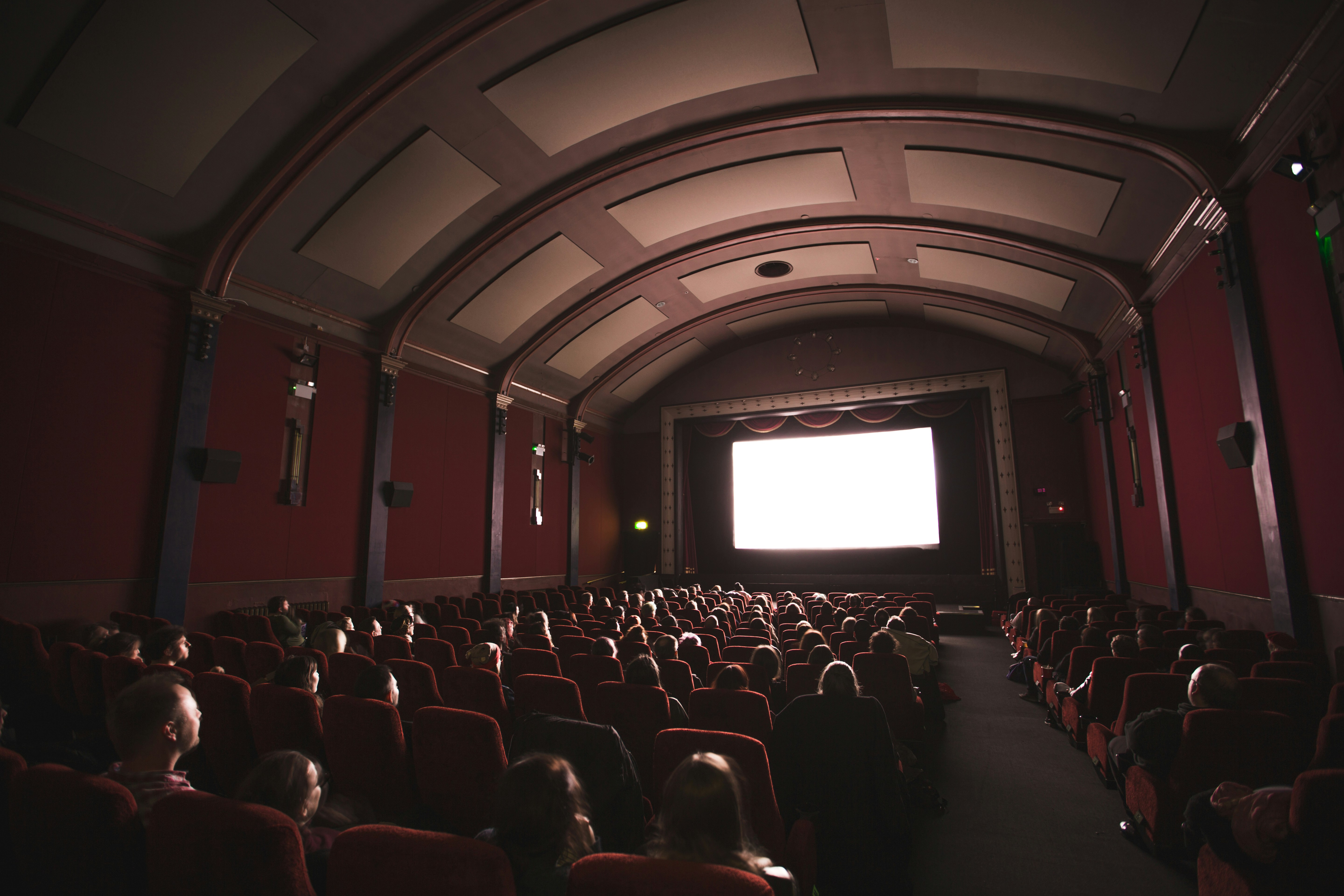You are here :
Fun Fact - The University That Began in a Picture Palace

There is something magnificently wild about the birth of CY Cergy Paris University—the sort of things that happen in France. It is the kind of story that makes one believe again in the strangeness of reality, which can be more remarkable than any fantasy.
Consider the student. Not the medieval student in his brown gown, trudging through cobbled streets to hear disputations in Latin. Not even the modern student trudging through concrete corridors to listen to lectures in economics. No—consider the student of 1991 at Cergy, who trudged through a shopping centre to attend his lecture on jurisprudence or French literature in the main auditorium of a cinema. According to La Gazette du Val-d’Oise, this was not some fever dream or experimental art project. In 1991, the young university had been decreed into existence before it had anywhere to actually exist; its students genuinely attended their lectures in plush cinema seats, gazing up at professors who stood where James Bond and Indiana Jones normally cavorted. Meanwhile, the science students were packed into the IUT and ENSEA technical facilities, while the administration huddled in borrowed offices at the Val-d’Oise Departmental Council.
There is something beautifully French about this—something that captures the entire spirit of this nation, which has always preferred the elegant foreseeing to the merely practical solution.
But the story of academic cinema is merely the second act of an even stranger drama. To understand how magnificently improbable this university truly is, we must go back further still—back to 1967, when there was no cinema, no shopping centre, no ville nouvelle at all. There was only the bend in the Oise river, and the fields, the farmers, and the beets. Sugar beets, to be precise. In 1967, Paul Delouvrier—that great prophet and planner of modern Paris region—chose a site occupied by beet fields to build not just any building, but the Prefecture itself: the very seat and symbol of French administrative authority. One pictures him surveying the muddy furrows from a helicopter (as he did) and declaring, with the confidence of a modern Pharaoh: “Here shall rise a pyramid!” And rise it did, as the inverted pyramid you can see today by architect Henry Bernard. But on 29 March 1967, the Cergy farmers occupied their own land to prevent its construction, refusing to be expropriated. They were evacuated on Bastille Day—14 July 1967— a detail perfectly French. They returned in March 1969, requiring police intervention before the vision of modernity could finally triumph over the truth of farming. The new town of Cergy was built indeed on agricultural land, retaining nothing of the previous landscape. Not a hedgerow. Not a cart track. Not even the memory of the beet fields.
Now, here is the thing that makes this story more than a mere anecdote. Twenty-four years after those farmers were dragged from their beet fields—a single generation, really—their land had become a place where young people studied the origins of the French constitution, and explained Rousseau while sitting in cinema seats, waiting for proper classrooms to be built on ground that had once grown their grandfathers’ crops. In 1967 and 69, farmers defended their beets with the passion of Thermopylae. In 1970, the Prefecture rose from the conquered farmland. In 1991, the University decree was signed on 22 July. In October 1992, the actual university buildings opened. And today, 26,000 students and thousands of researchers work together in an iconic university. From mud to modernity in a quarter-century. From beets to books in the blink of history’s eye.
There is something almost prophetic about that cinema stage, for what is a lecture but a performance? What is education but the projection of knowledge onto the blank screen of minds? Perhaps those students, sitting in the dark, realised something that students in proper amphitheatres never quite grasp: that all knowledge is, in the end, a kind of theatre, a grand play we perform to make sense of the chaos.
The farmers lost their beets. The university gained its cinema. The cinema yielded to proper buildings. And now, where sugar once grew in mud, ideas grow in minds. It is the oldest story in the world—the eternal war between the field and the city, between the plough and the pen, between what feeds the body and what feeds the soul. But it is also a very new story. For only in our strange modern age could this transition happen so fast, so completely, so absurdly—and only in France could it happen with such style—with cinema seats and police interventions and a prefecture shaped like an inverted pyramid rising from beet fields like some alien spacecraft. The farmers of 1967 would not recognise their land. But perhaps—just perhaps—they would recognise the stubborn French spirit that took those same fields and, through sheer audacity and considerable improvisation, turned them into a place of learning. Even if that learning, for one glorious year, happened in a movie theatre. Sometimes the best universities have the strangest beginnings.


